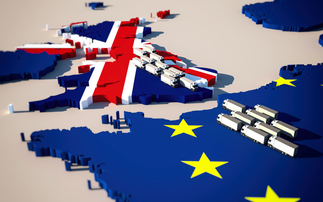A quarter of the continent must adopt the new technology over the next two years
Reding: IPv6 will support next-generation technologies The European Commission has set a target for 25 per cent of the continent's businesses, authorities and homes to adopt IPv6 – the next gener...
To continue reading this article...
Join Computing
- Unlimited access to real-time news, analysis and opinion from the technology industry
- Receive important and breaking news in our daily newsletter
- Be the first to hear about our events and awards programmes
- Join live member only interviews with IT leaders at the ‘IT Lounge’; your chance to ask your burning tech questions and have them answered
- Access to the Computing Delta hub providing market intelligence and research
- Receive our members-only newsletter with exclusive opinion pieces from senior IT Leaders




















